The dollar was lower against the euro for a fourth consecutive session on Friday as expectations for higher U.S. interest rates waned, despite data showing an uptick in inflation in March.
EUR/USD was up 0.43% to 1.0807 in late trade and ended the week with gains of 1.89%.
The dollar shrugged off data on Friday showing that U.S. consumer prices were higher for a second successive month in March.
The Labor Department reported that the consumer price index edged up 0.2% last month, matching a similar gain in February. On a year-over-year basis, consumer prices dipped 0.1% in March after remaining flat in February.
Core consumer prices, which exclude food and energy costs increased 0.2% in March for an annual increase of 1.8%, the largest since October.
The report came after data earlier in the week showed that U.S. retail sales for March came in below expectations. Another report, showing a larger-than-forecast drop in industrial output pointed to a slowdown the first quarter.
The string of weak data added to the view that the Federal Reserve could push back hiking interest rates until late 2015 from midyear.
The U.S. dollar index, which measures the greenback’s strength against a trade-weighted basket of six major currencies, was last down to 97.62 late Friday. The index ended the week down 1.9%.
The single currency gained in spite of concerns that Athens is no closer to reaching an agreement on economic reforms for bailout funds with its creditors, fuelling fears that Greece could be forced out of the euro zone.
Earlier in the week European Central Bank President Mario Draghi said the bank expects to fully implement its trillion-euro quantitative easing program. He also played down concerns that the asset purchase program will struggle to find enough euro zone bonds to buy.
In the week ahead, investors will be looking ahead to reports on the U.S. housing sector and data on durable goods orders for further indications on the strength of the recovery.
In the euro zone, Tuesday’s ZEW report on German economic sentiment and Thursday’s reports on private sector activity will be in focus.
Tuesday, April 21
- In the euro zone, the ZEW Institute is to report on German economic sentiment.
Wednesday, April 22
- The U.S. is to release data on existing home sales.
Thursday, April 23
- The euro zone is to release survey data on private sector economic activity, while Spain is to release its employment report.
- Later Thursday, the U.S. is to report in initial jobless claims and new home sales.
Friday, April 24
- In the euro zone, the Ifo Institute is to report on German business climate.
- The U.S. is to round up the week with a report on durable goods orders.
the source


 LinkBack URL
LinkBack URL About LinkBacks
About LinkBacks





 Reply With Quote
Reply With Quote
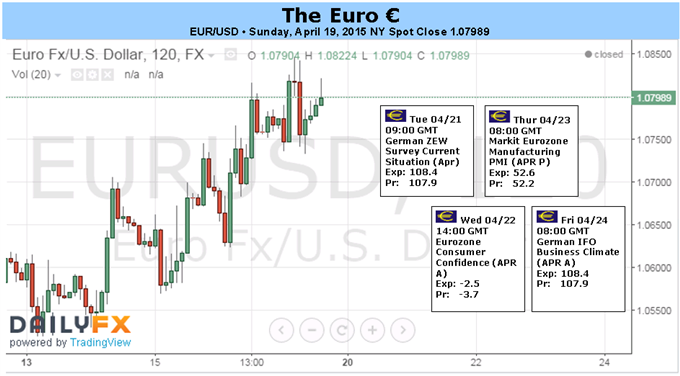





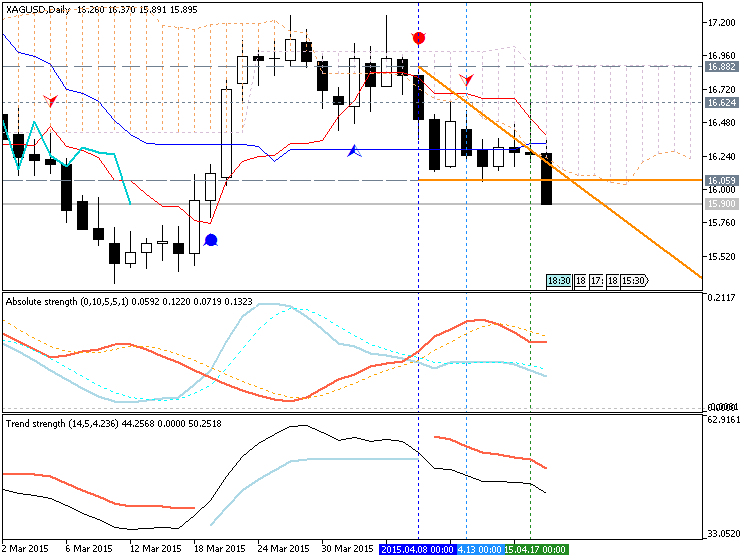
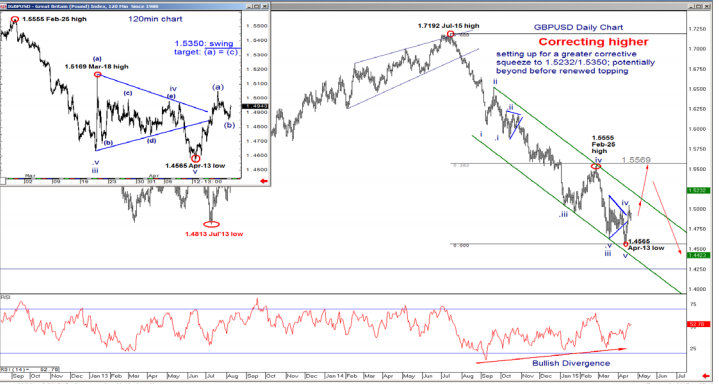
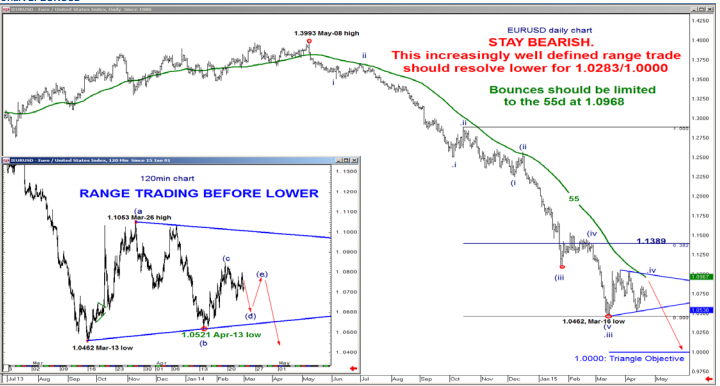

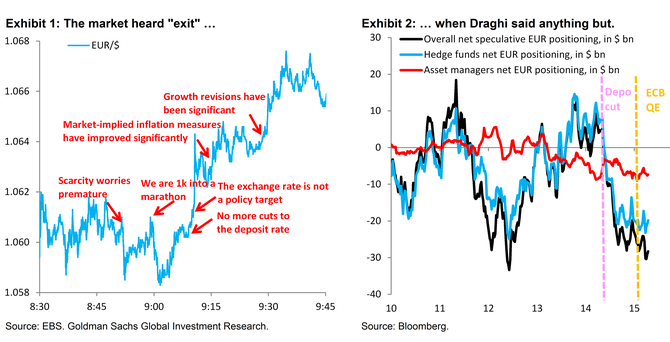


Bookmarks